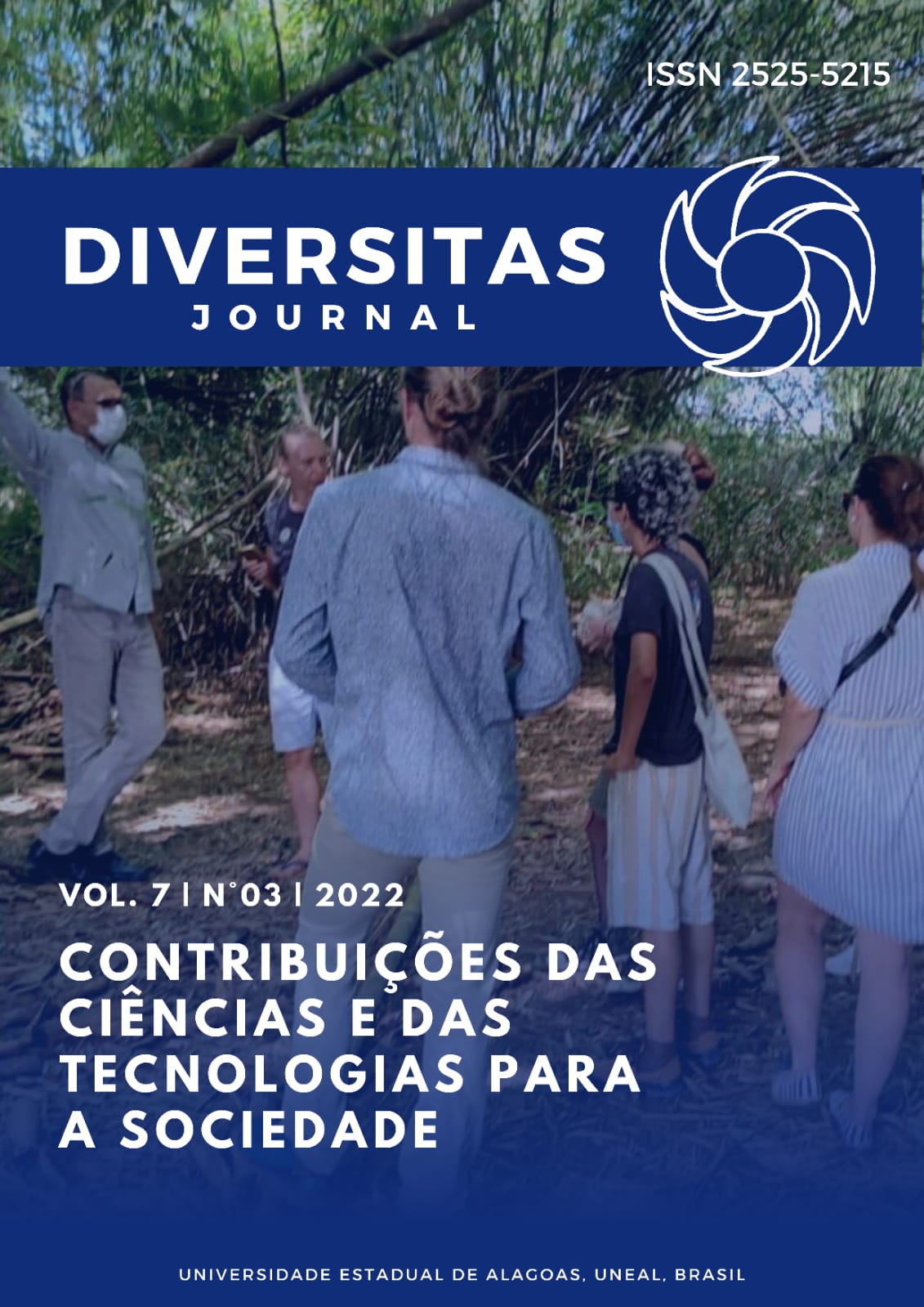O documento histórico como instrumento pedagógico
possiblidades e experiência
DOI:
https://doi.org/10.48017/dj.v7i3.2261Keywords:
Residência Pedagógica, livro didático, documentos históricosAbstract
This article aims to socialize experiences in the Pedagogical Residency Program, making considerations about the use of textbook and historical documents. In this sense, it is a question of presenting the possibilities of usefulness of didactic materials beyond mere illustration, but as an efficient device to subsidize and boost history classes. The choice of the discussion of the textbook is linked to its importance and the protagonism it assumes in the Brazilian school context. Therefore, its content is related to the mandatory skills and competencies described in the BNCC. On the other hand, the function of documents, understood as the main source of historiographic production, allows students to glimpse the remnants of the past, which enables the construction of critical historical knowledge. Therefore, from the analysis of the content and historical documents used in the didactic production Inspire History by Seriacopi and Azevedo, the article aims to foster the discussions and opportunities present in the textbook. The dynamics in the room proved to be efficient and profitable as the students felt instigated to think about the symbols present, in the possible narratives that the documents transpose and their importance in the context studied.
References
Andrade, V. C. (2007). Repensando o documento histórico e sua utilização no ensino. In: A. M. Monteiro, A. M. Gasparello, M. S. Magalhães (0rgs.) Ensino de História: sujeitos, saberes e práticas. (pp. 231-237). Mauad Editora.
Bittencourt, C. M. F. (2004). O saber histórico em sala de Aula. (9ª ed.). Contexto.
Bittencourt, C. M. F. (2008). Usos didáticos de documentos. In: C. M. F. Bittencourt, Ensino de História: fundamentos e métodos. (pp. 327-350). Cortez Editora.
Brasil. Ministério da Educação (1985). Programa Nacional do Livro Didático (PNLD). Programa Nacional do Livro e do Material Didático (PNLD) — Português (Brasil) (www.gov.br)
Brasil. Ministério da Educação (1998). Parâmetros Curriculares Nacionais de História. Hist ria (mec.gov.br)
Brasil. Ministério da Educação (2014). Plano Nacional de Educação. Lei nº 13.005 de 25 de junho de 2014. PNE - Plano Nacional de Educação.indb (tcmgo.tc.br)
Brasil. Ministério da Educação (2017). Base Nacional Comum Curricular (BNCC). Base Nacional Comum Curricular - Educação é a Base (mec.gov.br)
Brasil. Ministério da Educação (2019). PNLD 2020: história – guia de livros didáticos. Ministério da Educação – Secretaria de Educação Básica – Fundo Nacional de Desenvolvimento da Educação.
Carvalho, J. M. (2021). Os bestializados: o Rio de Janeiro e a República que não foi. (4ª ed.). Companhia das Letras.
Referencial Curricular de Alagoas - RECAL (2020). habilidadesprioritarias_interativo_3.pdf (educacao.al.gov.br)
Seriacopi, R.; Azevedo, G. (2018). Inspire História. FTD.
Additional Files
Published
How to Cite
Issue
Section
License
Copyright (c) 2022 Sheyla Farias Silva

This work is licensed under a Creative Commons Attribution 4.0 International License.
The Diversitas Journal expresses that the articles are the sole responsibility of the Authors, who are familiar with Brazilian and international legislation.
Articles are peer-reviewed and care should be taken to warn of the possible incidence of plagiarism. However, plagiarism is an indisputable action by the authors.
The violation of copyright is a crime, provided for in article 184 of the Brazilian Penal Code: “Art. 184 Violating copyright and related rights: Penalty - detention, from 3 (three) months to 1 (one) year, or fine. § 1 If the violation consists of total or partial reproduction, for the purpose of direct or indirect profit, by any means or process, of intellectual work, interpretation, performance or phonogram, without the express authorization of the author, the performer, the producer , as the case may be, or whoever represents them: Penalty - imprisonment, from 2 (two) to 4 (four) years, and a fine. ”


















